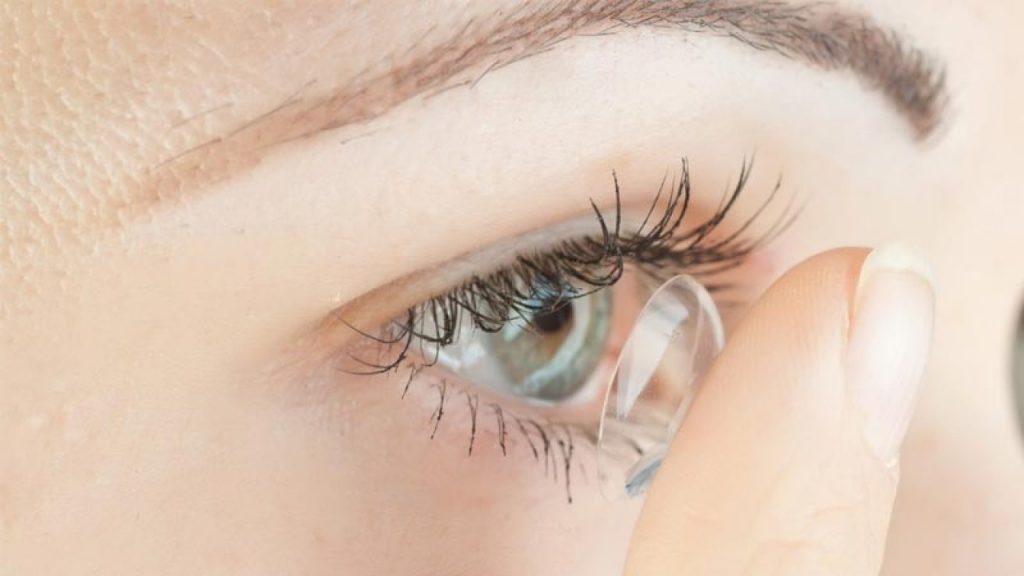A Terasaki Institute for Biomedical Innovation (TIBI) team has created a contact lens prototype that is specifically tailored to reduce contact lens-induced dry eye (CLIDE). The lens helps to ease this issue by allowing tears to flow in response to normal eye blinking.
This method has the potential to alleviate the discomfort, visual impairment, and danger of inflammation felt by millions of contact lens wearers suffering from CLIDE.
CLIDE affects 30 to 50 percent of the world’s 140 million contact lens wearers. The issue stems from a lack of tear flow from the contact lens’s outer surface to the surface beneath the lens. This causes excessive tear evaporation.
The TIBI team’s technique employs a contact lens design with microchannels to assist tear flow movement and flow, hence avoiding dry eye. This flow can be achieved without the use of external equipment by applying pressure with normal eye blinking.
The team used a time-saving way to create their contact lens prototype by using a silicone polymer mixture, which allowed for easy removal of the lens cast on it by gently squeezing it.
The researchers demonstrated proof-of-concept validation of its lens’ ability to redirect tear flow from the lens surface to the underside of the lens to address the dry eye condition. The scientists measured these flows and found that they were brought on by low-pressure regions similar to those experienced during typical eye blinking.
Additional research may be conducted to test the effectiveness of these lenses on people and animal models.
“The inventive methods that our team has employed bring a potential solution for millions of people,” said Ali Khademhosseini, TIBI’s Director and CEO. “It is the hope that we may extend our efforts to bring this solution to fruition.”
A paper on the research was recently published in the journal Small.
Source: Terasaki Institute

